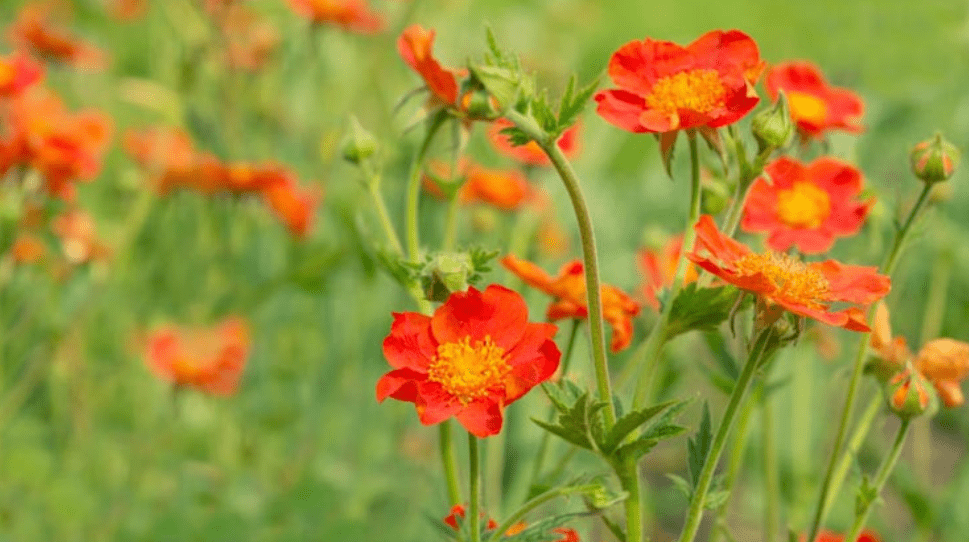
Geum Plant: A Gardener’s Guide to Growing Vibrant Blooms
If you want to cultivate a stunning garden that will be the envy of all your neighbors, then this comprehensive guide to growing vibrant blooms with the geum plant is exactly what you need. With expert tips and techniques, you’ll be able to take your gardening game to the next level and create a vibrant, colorful oasis in your own backyard. Don’t settle for mediocre blooms—learn how to grow the most beautiful and vibrant geum plants with this essential guide. Your garden will thank you!
Table of Contents
ToggleUnderstanding the Geum Plant
A. Botanical Background
Did you know that the geum plant is a member of the rose family and is known for its beautiful, vibrant blooms? With its long, slender stems and stunning flowers, the geum plant is a must-have for any garden enthusiast. By understanding the botanical background of the geum plant, you’ll be able to cultivate these beautiful blooms with confidence and skill.
B. Unique Characteristics
1. Description of Geum’s distinctive flowers and foliage
The geum plant’s distinctive flowers and foliage add a unique and eye-catching element to any garden. With its vibrant colors and delicate petals, the geum plant stands out and adds a pop of beauty to your outdoor space. Its long, slender stems and intricate leaves further enhance its appeal, making it a standout choice for any garden.
2. Blooming season and color variations
The geum plant’s blooming season and color variations add a dynamic and ever-changing element to your garden. With a range of colors from bright oranges and yellows to soft pinks and reds, the geum plant offers a versatile palette to work with. Its blooming season can last from early spring to late summer, ensuring that your garden will be filled with breathtaking blooms for months on end.
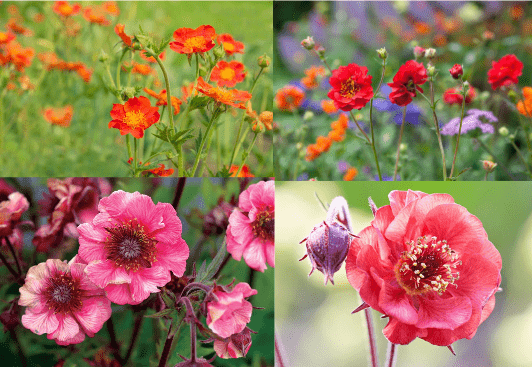
3. Benefits of including Geum in your garden
Including geum in your garden not only adds beauty and color but also brings numerous benefits. Its vibrant blooms attract pollinators such as bees and butterflies, helping to support the local ecosystem. Its hardy nature and low maintenance requirements make it an easy addition to any garden, and its long blooming season ensures that your garden will always be filled with color. Additionally, geum plants can be used in floral arrangements, adding a natural and stunning touch to any bouquet. Overall, including geum in your garden brings both visual appeal and ecological benefits that you won’t want to miss out on.
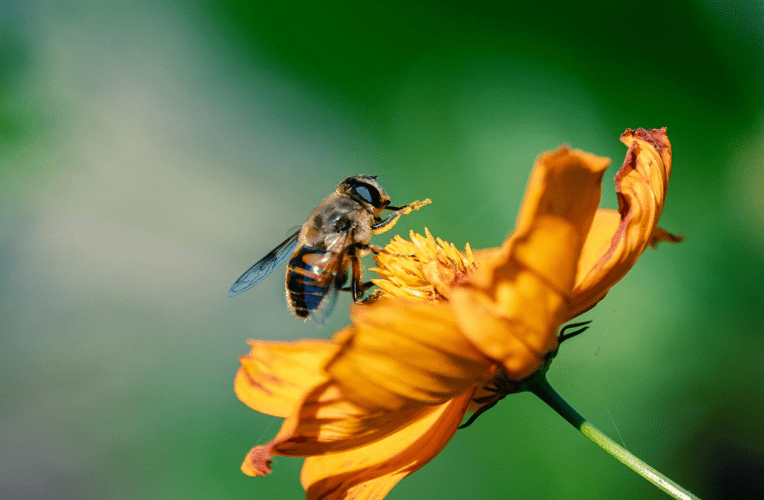
Ideal Growing Conditions for Geum
A. Climate and Hardiness
Geum varieties such as Geum rivale and Geum chiloense are hardy in USDA zones 4-8, while other varieties may have slightly different hardiness ranges. Regardless of the specific variety, geum plants are resilient and adaptable, making them a great addition to any garden.
B. Soil Requirements
1. Ideal soil types and pH levels for Geum
Geum plants thrive in well-drained, slightly acidic to neutral soil with a pH range of 5.5-7.0. They also prefer soil that is rich in organic matter, so adding compost or peat moss to the planting area can help create the perfect growing conditions for these beauties.
C. Sunlight and Watering
Geum plants thrive in full sun to part shade, making them versatile and adaptable to different garden settings. They require moderate watering, making them ideal for gardeners who want a low-maintenance plant that still adds vibrant color and beauty to their landscape.
Planting Geum: Step-by-Step Guide
A. When to Plant Geum
Geum plants can be planted in the spring or fall, depending on your climate and growing conditions. Spring planting allows the plants to establish their root systems before the heat of summer, while fall planting gives them a head start for the following growing season. Either way, make sure to plant them in well-prepared soil with the right pH levels and plenty of organic matter to ensure their success.
B. Preparing the Soil
Preparing the soil is absolutely crucial for the success of your garden. It’s the foundation on which your plants will thrive and flourish. By taking the time to properly prepare the soil, you are setting your garden up for success from the very beginning. You are providing the nutrients, structure, and environment that your plants need to grow strong and healthy. So don’t overlook the importance of soil preparation. It may take some extra time and effort, but the results will be well worth it. Your plants will thank you for it, and you will be rewarded with a beautiful and productive garden. So roll up your sleeves, grab your tools, and get to work preparing that soil. Your garden will thank you for it!
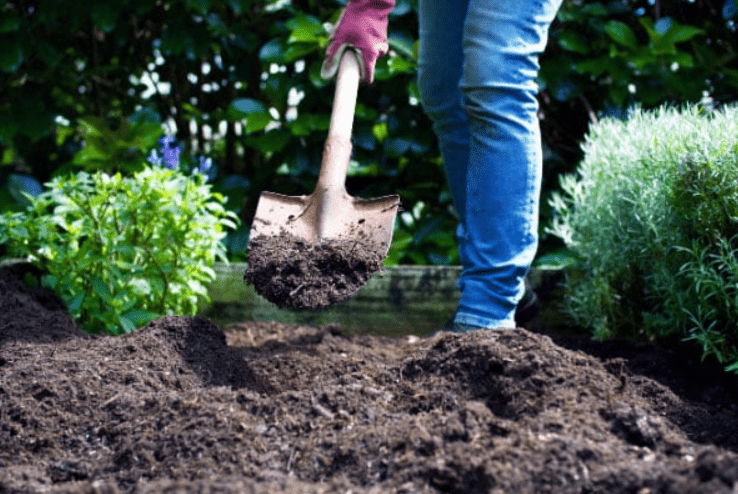
C. Planting Techniques
1. How to plant Geum seeds vs. transplants
When it comes to planting Geum seeds vs. transplants, both methods have their advantages. However, if you want to take the extra time and effort to start from seeds, the results will be well worth it. Starting from seeds allows you to have full control over the growing process and can result in stronger, more resilient plants. Transplants, on the other hand, may provide a quicker start to your garden, but starting from seeds can be a more rewarding and fulfilling experience. So, roll up your sleeves and get those Geum seeds planted – your garden will thank you for it!
2. Spacing and depth requirements for healthy growth
When it comes to spacing and depth requirements for healthy growth, it’s crucial to follow the guidelines for the specific plant you’re working with. For Geum seeds, start by planting them at a depth of about 1/8 inch in well-draining soil. Space the seeds about 18 inches apart to allow for plenty of room for growth. As the plants mature, make sure to thin them out to maintain proper spacing and prevent overcrowding. By following these spacing and depth requirements, you’ll give your Geum plants the best chance to thrive and flourish. So, don’t skimp on the details – give your plants the space and depth they need to reach their full potential!
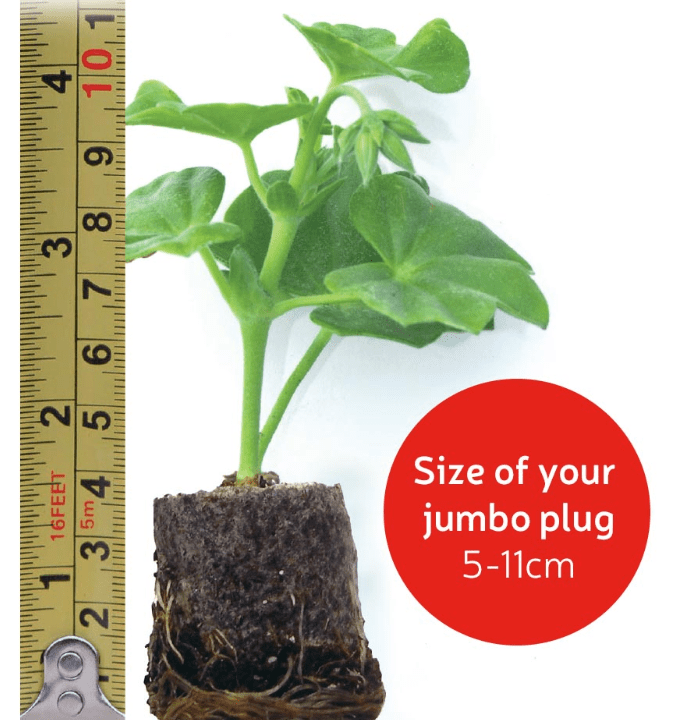
D. Mulching and Initial Care
Additionally, be sure to provide adequate mulching and initial care for your Geum plants. Mulching helps to retain moisture, regulate soil temperature, and suppress weed growth, all of which are essential for healthy plant development. After planting, water the soil thoroughly and keep it consistently moist until the seeds germinate. Once the plants start to grow, continue to water as needed and provide them with the necessary nutrients to support their growth. With proper mulching and initial care, your Geum plants will have a strong foundation for healthy and vibrant growth. So, make sure to prioritize these steps and give your plants the best possible start!
Care and Maintenance for Healthy Geum Plants
A. Watering and Fertilization
It is absolutely crucial to prioritize watering and fertilization for your Geum plants. These steps are essential for their overall health and vitality. Be sure to water the soil thoroughly and consistently, especially during dry periods. Additionally, provide your plants with the necessary nutrients through regular fertilization. With proper care and maintenance, your Geum plants will thrive and reward you with beautiful blooms and lush foliage. So, don’t overlook these important steps – your plants will thank you for it!
B. Pruning and Deadheading
Pruning and deadheading are vital tasks for maintaining the health and appearance of your Geum plants. By removing dead or faded flowers and trimming back any overgrown or unruly growth, you can encourage new growth and promote a more compact and tidy appearance. This not only improves the overall aesthetics of your plants but also helps to prevent disease and promote better air circulation. So don’t neglect these important tasks – your Geum plants will thank you with a more vibrant and vigorous display of blooms. Keep up with regular pruning and deadheading to ensure the continued success of your plants.
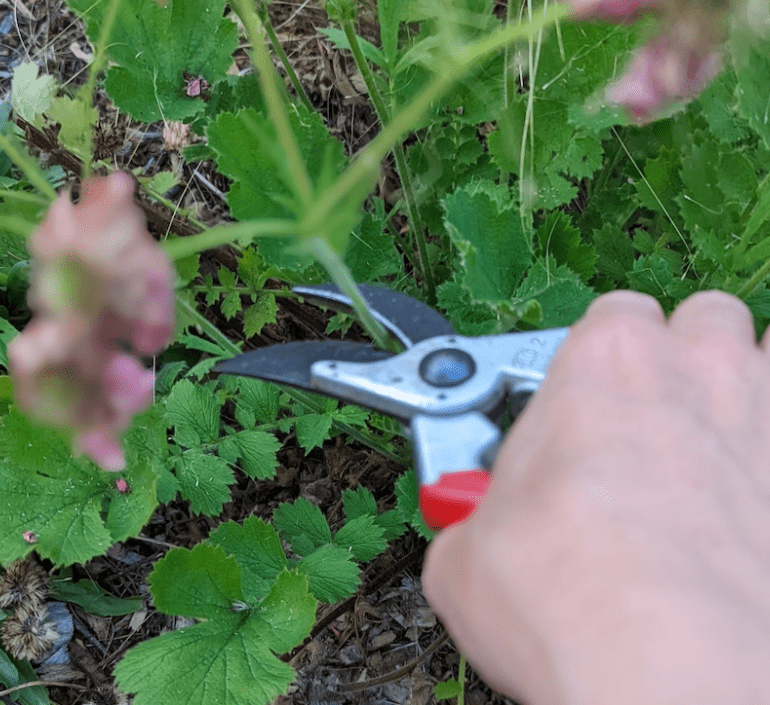
C. Pest and Disease Management
1. Common pests and diseases affecting Geum plants
Common pests and diseases affecting Geum plants include aphids, slugs, and powdery mildew. It is important to stay vigilant and regularly inspect your plants for any signs of these pests or diseases. By taking proactive measures such as applying insecticidal soap for aphids or using organic slug control methods, you can prevent these issues from causing damage to your plants. Additionally, proper watering and providing adequate air circulation can help to prevent powdery mildew. By staying on top of pest and disease management, you can ensure that your Geum plants remain healthy and thriving. Don’t let these pesky problems take over – take action to protect your plants and keep them looking their best. Your efforts will be rewarded with beautiful, pest and disease-free Geum plants.
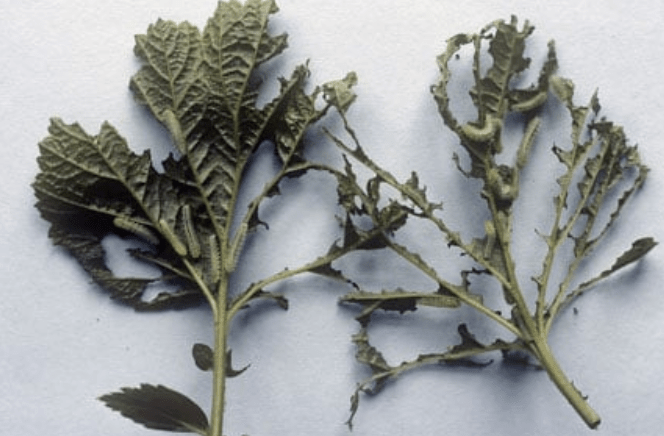
2. Organic and chemical control methods to protect your plants
When it comes to protecting your plants from pests and diseases, there are both organic and chemical control methods available. Organic methods include using insecticidal soaps, neem oil, and diatomaceous earth to control pests such as aphids and slugs. These options are safe for the environment and can effectively manage pest infestations without harming beneficial insects.
On the other hand, chemical control methods involve using synthetic pesticides to combat pests and diseases. While these options can be effective, they may also have negative impacts on the environment and non-target organisms. It is important to carefully consider the potential consequences of using chemical control methods and to follow all safety precautions if choosing this route.
Ultimately, the choice between organic and chemical control methods comes down to personal preference and the specific needs of your plants. Regardless of the method you choose, it is crucial to carefully follow all instructions and recommendations to ensure the safety and health of your plants. With the right approach, you can effectively protect your plants from pests and diseases while promoting a healthy and thriving garden.
D. Overwintering
Overwintering is a vital step in caring for your plants and ensuring their survival through the cold winter months. By providing proper protection and insulation for your plants, you can help them thrive and come back strong in the spring. It’s important to take the time to learn about the specific needs of your plants and how to best prepare them for the winter. By doing so, you can set them up for success and ensure a beautiful and vibrant garden come springtime. Don’t overlook the importance of overwintering – it’s a crucial step in maintaining a healthy and thriving garden.
Companion Planting and Design Ideas
A. Best Companion Plants for Geum
Having the right companion plants for your geum is crucial for creating a successful and visually appealing garden. By carefully choosing plants that complement and support the growth of your geum, you can create a beautiful and harmonious landscape. Consider pairing your geum with plants that have similar growing conditions, such as astilbe, heuchera, or dianthus. These plants not only look stunning together but also provide beneficial support for each other. Don’t underestimate the power of companion planting – it can make a significant impact on the health and beauty of your garden. Take the time to research and plan your companion planting to ensure a thriving and visually stunning garden.
B. Garden Design Tips
When it comes to creating a successful garden design, companion planting is key. Pairing your geum with the right plants can enhance the overall look and health of your garden. Consider the color, height, and growing conditions of potential companion plants to create a visually appealing and harmonious landscape. By selecting plants like astilbe, heuchera, or dianthus as companions for your geum, you can create a stunning and cohesive garden design. Don’t overlook the power of companion planting – it can truly elevate the beauty of your garden. Take the time to plan and research the best companion plants for your geum, and watch as your garden thrives and blooms beautifully. Trust me, it’s worth the effort. Happy gardening!
Propagation Techniques for Geum
A. Propagating Geum from Seeds
Propagating Geum from seeds is a simple and rewarding process that allows you to expand your garden and share the beauty of Geum with others. Start by collecting the seeds from mature Geum plants, making sure they are fully ripened before harvesting. Once you have your seeds, sow them in well-draining soil, either in pots or directly in the ground. Keep the soil consistently moist and provide plenty of sunlight to encourage germination. With a little patience and care, you’ll soon have new Geum plants to enjoy in your garden or share with fellow gardening enthusiasts. So go ahead and give seed propagation a try – you won’t regret it! Happy gardening!
B. Division and Transplanting
I highly recommend trying seed propagation with Geum plants! It’s a rewarding and fulfilling process that allows you to grow new plants from scratch. Start by collecting mature seeds and carefully sow them in well-draining soil. Keep the soil moist and provide plenty of sunlight, and before you know it, you’ll have beautiful new Geum plants to enjoy in your garden. And if you’re feeling generous, you can even share your new plants with friends or fellow gardening enthusiasts. So why wait? Give seed propagation a try and experience the joy of watching your plants grow from tiny seeds into flourishing beauties. Happy gardening!
In conclusion, the geum plant is a beautiful addition to any garden, and with the right care and attention, you can grow vibrant blooms that will truly stand out. By following the expert tips and techniques provided in this post, you can elevate your gardening skills and create a stunning outdoor space that will be the envy of all your neighbors. So, don’t miss out on the opportunity to enhance your garden and bring more beauty into your life with the geum plant. Happy gardening!
Frequently Asked Questions (FAQs)
Geum plants thrive in well-drained soil and prefer full sun to partial shade. They also require regular watering, especially during dry periods, to keep the soil consistently moist.
You can propagate Geum plants by division in the spring or fall. Simply dig up the plant and separate the clumps into smaller sections, then replant them in a new location.
Geum plants are generally resistant to pests and diseases, but they can sometimes be susceptible to aphids and powdery mildew. Regular inspection and proper care can help prevent and treat these issues.
The best time to plant Geum seeds or seedlings is in the early spring or late summer, as this allows them to establish and develop strong roots before the harsh conditions of winter.
During the winter, it’s important to mulch around the base of the Geum plant to protect the roots from freezing temperatures. You can also cut back the foliage to encourage new growth in the spring.
Yes, Geum plants can be successfully grown in containers as long as the container provides adequate drainage and the plant receives enough sunlight and water.
Geum plants do not require heavy fertilization, but you can apply a balanced, all-purpose fertilizer in the spring to promote healthy growth and vibrant blooms.
Geum plants complement a variety of other perennials, such as Salvia, Coreopsis, and Echinacea. Their vibrant blooms and foliage can add color and texture to any garden space.
